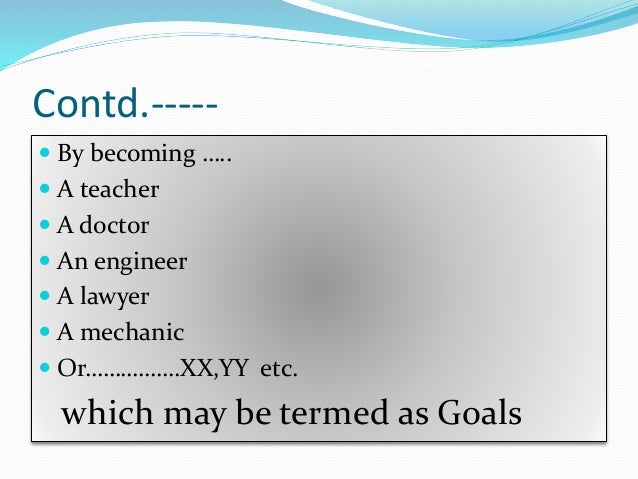
After that, it seems likely that the Russian army will be in no state to resume the offensive any time soon. UK-based military strategist Mike Martin argues that the current push is likely to “ culminate” – or run out of momentum – in the next two to three weeks. Most of that help will take the form of weaponry and training to enable the Ukrainian army to destroy Russia’s military equipment and kill its soldiers.ĭestroyed: a man stands on top of a wrecked Russian tank in Buzova village, near Kyiv, April 2022. The worst by far was the passing by the US Congress of the Ukraine Democracy Defense Lend-Lease Act of 2022-2023, mandating US$33 billion (£26 billion) for various forms of assistance. What of the means? The somewhat ramshackle Russian armed forces over the course of its misbegotten campaign have sustained many reverses. Then there is always the danger of Russian nuclear strikes in the event of “catastrophic” Ukrainian success – a small but increasing danger. This was Serbia’s strategy during the far shorter and less intense Kosovo war. This provides the opportunity for Russia to open and widen rifts as the war drags on and a diplomatic settlement continues to appear remote.

For example, it is by no means clear that all Nato countries are entirely bought into Ukrainian (and US and UK) aims of completely restoring Ukrainian territorial integrity, let alone removing the Russian armed forces as a going concern. There are dangers in this strategic approach. It is now US (and therefore Nato) policy to damage the Russian armed forces to a degree from which it will take a very long time to recover.

On April 25, in a speech pledging to defend the “ rules-based international order”, Lloyd Austin, the US defence secretary, announced that the US wanted Russia “weakened to the point that it can’t do things like invade Ukraine”. Last week, senior US and UK officials clarified the objectives – the ends.įor some time the US and Nato spoke of defending the sovereignty and territorial integrity of Ukraine. Military strategy has been described as a synthesis of ends, ways and means.

But, two months after the Russian invasion, it looks very much as if the US and Nato are beginning to develop a coherent plan for Ukraine. Nothing like a coherent strategy emerged from 20 years of Nato’s war in Afghanistan at best there were long lists of aspirations with no clear objectives or assessments of the resources needed to achieve them.


 0 kommentar(er)
0 kommentar(er)
